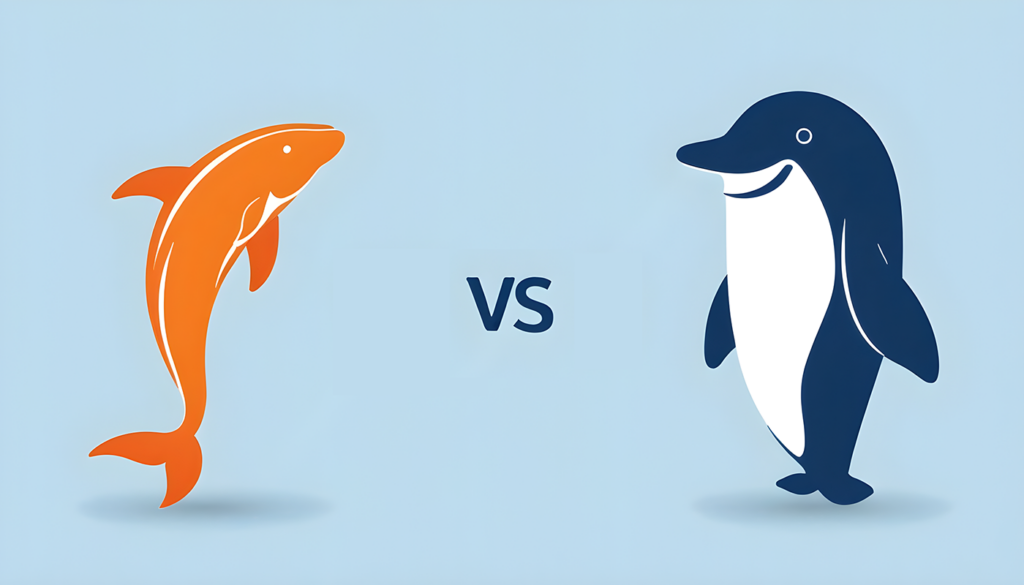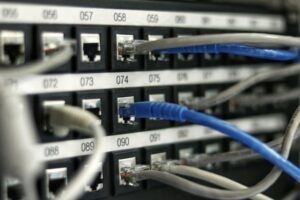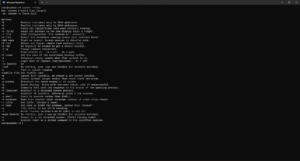Exploring the Differences Between MySQL and MariaDB

MySQL and MariaDB are both popular relational database management systems (RDBMS) that have a shared history but have diverged over time. Understanding the differences between the two is crucial for developers, database administrators, and businesses looking to choose the right database solution for their needs.
- Background and Common Roots:
- MySQL was initially developed by a Swedish company, MySQL AB, in the 1990s. It gained widespread popularity due to its open-source nature and robust performance.
- In 2008, Sun Microsystems acquired MySQL AB. However, concerns arose within the open-source community about Oracle’s acquisition of Sun Microsystems in 2010, fearing potential changes in MySQL’s open-source nature.
- In response, the original developers of MySQL forked the project, creating MariaDB in 2009. MariaDB aimed to maintain open-source principles and ensure the freedom of the MySQL codebase.
- Licensing:
- MySQL is dual-licensed under the GNU General Public License (GPL) for open-source use and a commercial license for proprietary use. This duality has led to some concerns about the long-term open-source commitment.
- MariaDB, on the other hand, is licensed under the GPL v2 license without the added commercial license. This emphasizes MariaDB’s commitment to open-source principles, providing users with more freedom.
- Performance and Features:
- Both MySQL and MariaDB share a common ancestry, and as a result, they offer similar performance characteristics and features. Both databases support ACID (Atomicity, Consistency, Isolation, Durability) compliance and provide strong data integrity.
- MariaDB often introduces new features and optimizations ahead of MySQL, as it aims to be at the forefront of innovation in the open-source database world.
- Storage Engines:
- MySQL and MariaDB both support a variety of storage engines, which are responsible for handling how data is stored and retrieved. InnoDB is the default storage engine for both databases, providing features like transaction support and foreign key constraints.
- MariaDB has introduced its own storage engines, such as Aria and TokuDB, which offer additional features and optimizations.
- Community and Support:
- MySQL, being one of the oldest and most widely used databases, has a large and established community. It benefits from extensive documentation, forums, and third-party tools.
- MariaDB has rapidly grown its community since its inception, and it actively encourages contributions and feedback. The community-driven approach ensures a focus on user needs and preferences.
- Compatibility:
- Due to their common roots, MySQL and MariaDB are largely compatible with each other. Applications developed for MySQL can usually run on MariaDB without significant modifications.
- However, there might be cases where specific features or optimizations present in one database are not available in the other, leading to potential compatibility issues.
Conclusion: In summary, MySQL and MariaDB share a common origin but have diverged in certain aspects, particularly in licensing and feature development. The choice between the two depends on factors such as licensing preferences, feature requirements, and the specific needs of the application or business. Both databases continue to evolve, providing robust solutions for various use cases within the realm of relational database management.
Business Listings Related to the Article: Exploring the Differences Between MySQL and MariaDB
AJ Reyes Roofing
With deep roots in the Los Angeles area since 1995, AJ Reyes Roofing has been dedicated to delivering unparalleled roofing services as a trusted family-owned and operated company. Our unwavering commitment to providing our valued customers with exceptional service and unmatched workmanship is at the heart of everything we do, fostering a reputation built on integrity and honesty.
- Category
- Construction & Contractors
More Articles Like: Exploring the Differences Between MySQL and MariaDB
Unlocking the Power of InfiniBand: A Primer on High-Speed Networking
In the realm of high-performance computing (HPC), where processing vast amounts of data in minimal time is paramount, the infrastructure supporting these operations plays a pivotal role. One such critical component is InfiniBand, a high-speed interconnect technology that has become the backbone of many supercomputers, data centers, and enterprise environments. In this article, we’ll delve […]
Exploring Sylius: An Overview of the Open Source eCommerce Framework
In the dynamic landscape of eCommerce, businesses constantly seek robust and flexible solutions to manage their online stores effectively. One such solution gaining prominence is Sylius—an open-source eCommerce framework. Sylius offers a modern and customizable platform for building online shops, providing developers and businesses with the tools they need to create tailored eCommerce experiences. Understanding […]
Maximizing Terminal Productivity with GNU Screen
In the world of command-line interfaces, productivity is paramount. To this end, GNU Screen has been a steadfast companion for system administrators, developers, and Linux enthusiasts for over three decades. This versatile terminal multiplexer empowers users to work efficiently with multiple terminal sessions, making it an indispensable tool in the arsenal of anyone who regularly […]





